i.e. the colours hens see and how it affects natural behaviours.
The main goal is to assimilate natural daylight within the poultry house with an aim to improve flock performance and behaviour.
While a lot of the latest research can be confusing and complicated, it is worth being aware of the basics of poultry vision and the influence of lighting systems.
Hens have a highly developed visual system developed over many years in the wild designed to meet the requirements necessary for social interactions, foraging, mate identification and survival.
We have outlined some of the basic characteristics on the following pages.
Hens can move each eye independently and have a panoramic vision field of almost 300 degrees even without turning their head.

This panoramic view, alongside their binocular vision which allows them to focus on more than one object at once is what makes them so difficult to catch for example.


This is triggered by light of a certain wavelength penetrating the skull and triggering the associated glandular activity.

- Poultry can see a wider range of visible light on the spectrum (ca. 360-750 nm) than humans (ca. 410-730 nm).
- This ability makes it possible for the birds to perceive Ultraviolet-A light.
- This important characteristic is important for birds in recognizing their environment, searching for feed (foraging), and mating behavior.


One other major difference between our vision and the hens is the amount of visual sequences they can process per second.
We can process around 25-30 images (or frames) per second while for the hens its around 150-200 images per second.
This is most often seen when using fluorescent tubes and some energy saving lamps.
This flickering can be a contributor to many negative behavioural effects such as nervousness, feather pecking and cannibalism.
Light Sources
There are many different light sources used in poultry houses.

The most common ones are incandescent lamps, tubular fluorescents and energy-saving lamps.
However, these often don’t consider the poultry light spectrum. This is why incandescent systems are being banned in many countries.

More and more people are turning to poultry specific LED light systems not only for the improved energy efficiency, but also for the improved light spectrum they offer which is generally much closer to that offered by natural daylight.
Therefore, light sources such as LED-lights; which are generally more energy-efficient and long-lasting, are fast becoming the light source of choice in modern poultry houses.
Many of these systems claim to offer improvements in production and behavioral responses.
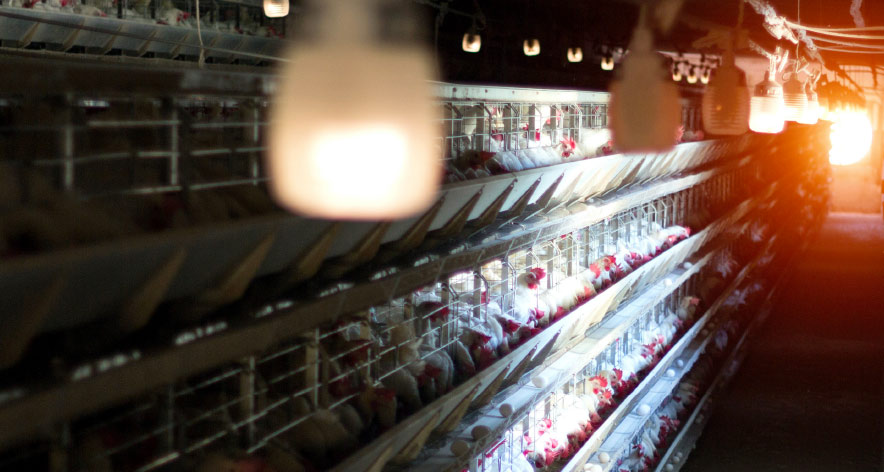
Regardless of which lighting system you choose, there are some basic guidelines we should follow:

If switching to LED, opt for a system specifically designed for poultry.
These systems may be a little more expensive than others but will be designed with poultry vision in mind and will offer a light spectrum most closely related to natural daylight.

Many light sources you come across will mention the term Kelvin. This is the measurement used to describe the colour temperature of the light source.
- Cooler lights will have a higher number and be more represented by the blue end of the spectrum.
- The lower numbers are considered warmer and focus on the red area of the light spectrum.


For poultry lighting a light source between 2700 – 3000 Kelvin should be considered.
When measuring light intensity in the poultry house, we need to remember that what we see and what the hen sees is completely different.
They will see an intensity far higher than we do.
Modern LUX meters are designed for human vision and therefore have limitations when measuring the correct light intensity for birds.
Keep this in mind and focus on balancing the light intensity where possible.
For measuring the correct intensity of LED-Light, a specific Lux-Meter for LEDs is required.

Not all systems have this ability and can cause increased flickering and undue stress on the flock when light is reduced.

This will allow for much more control over management.
The number one point of consideration in poultry house lighting is:
- Provide balanced light distribution throughout the house
- Eliminate shadowing and excessive light and dark areas
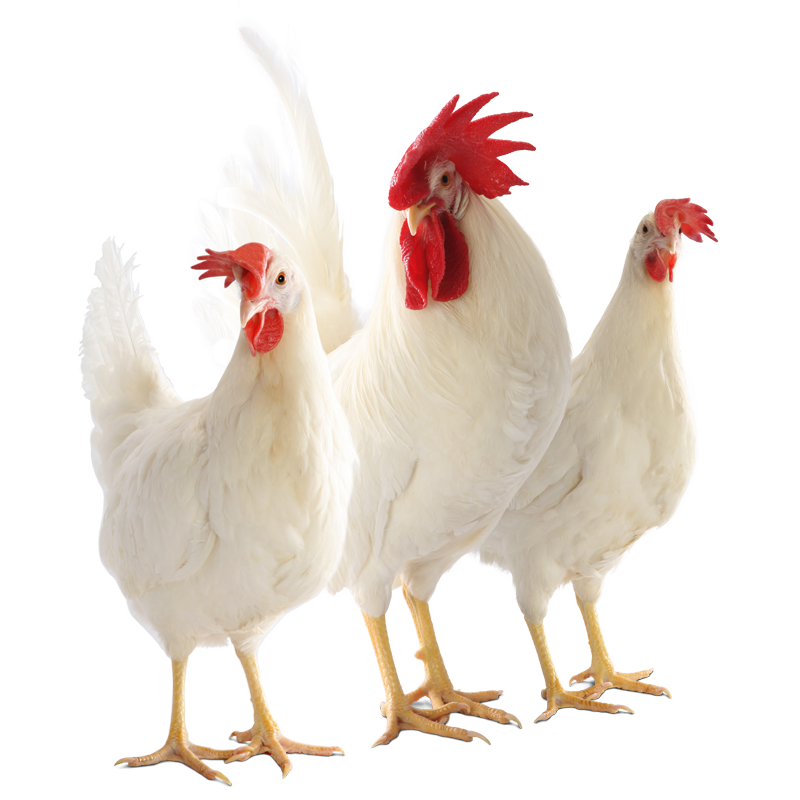


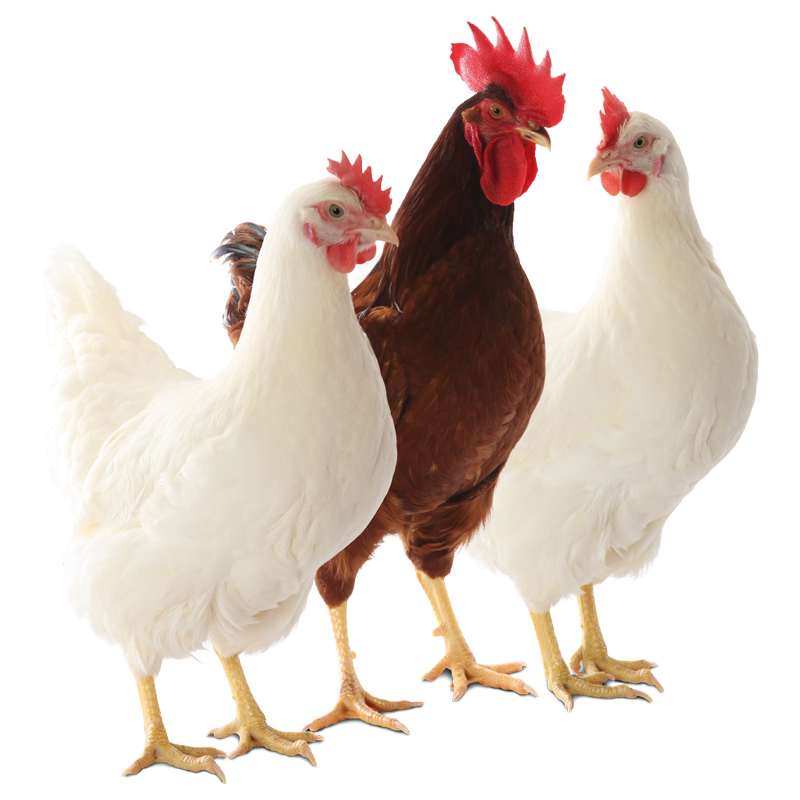
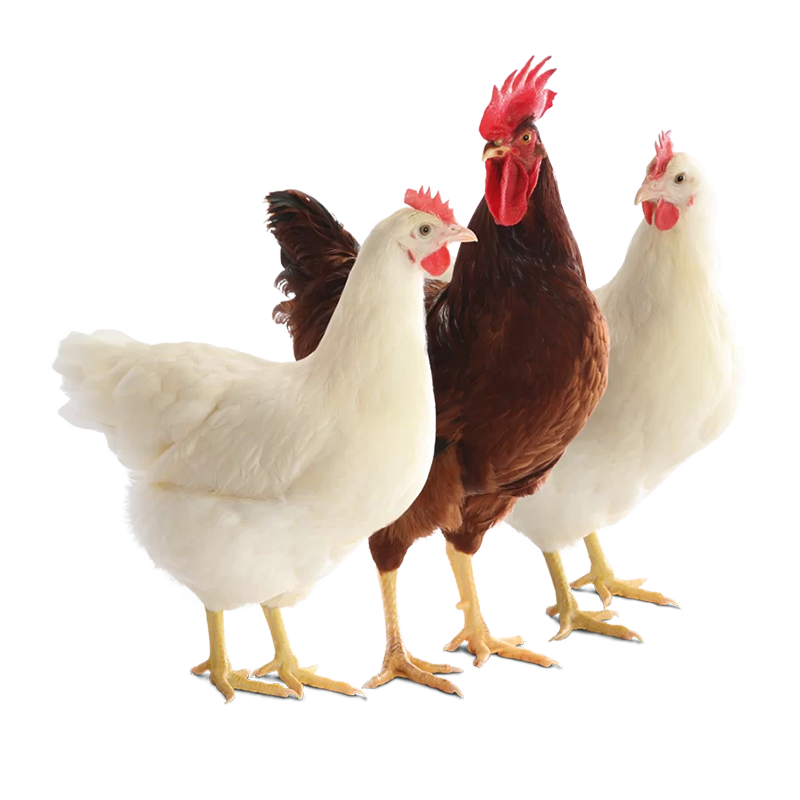
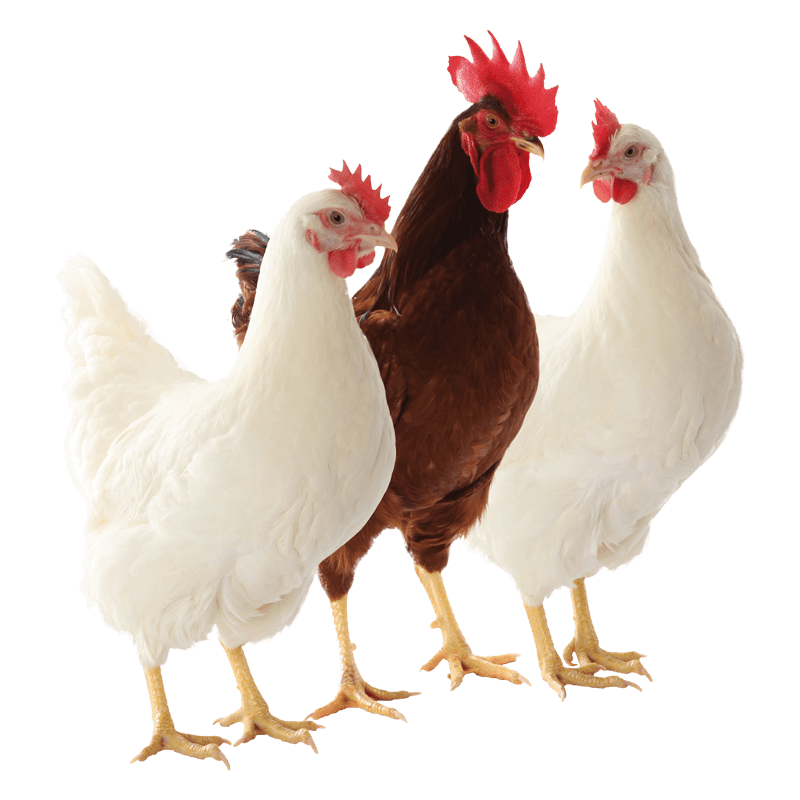

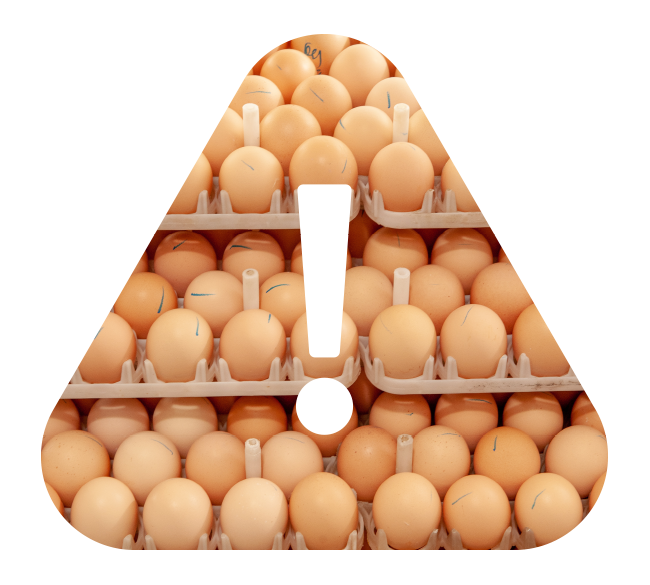
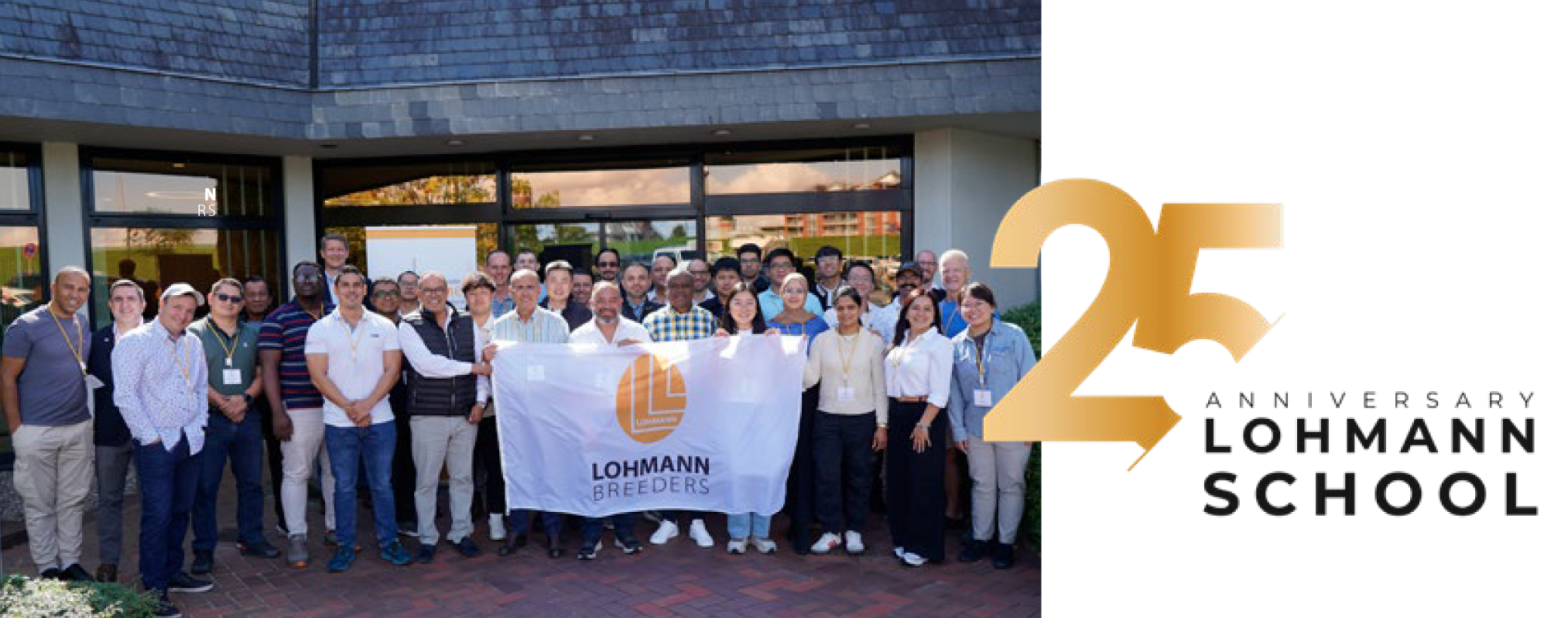

 Management
Management 